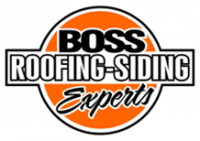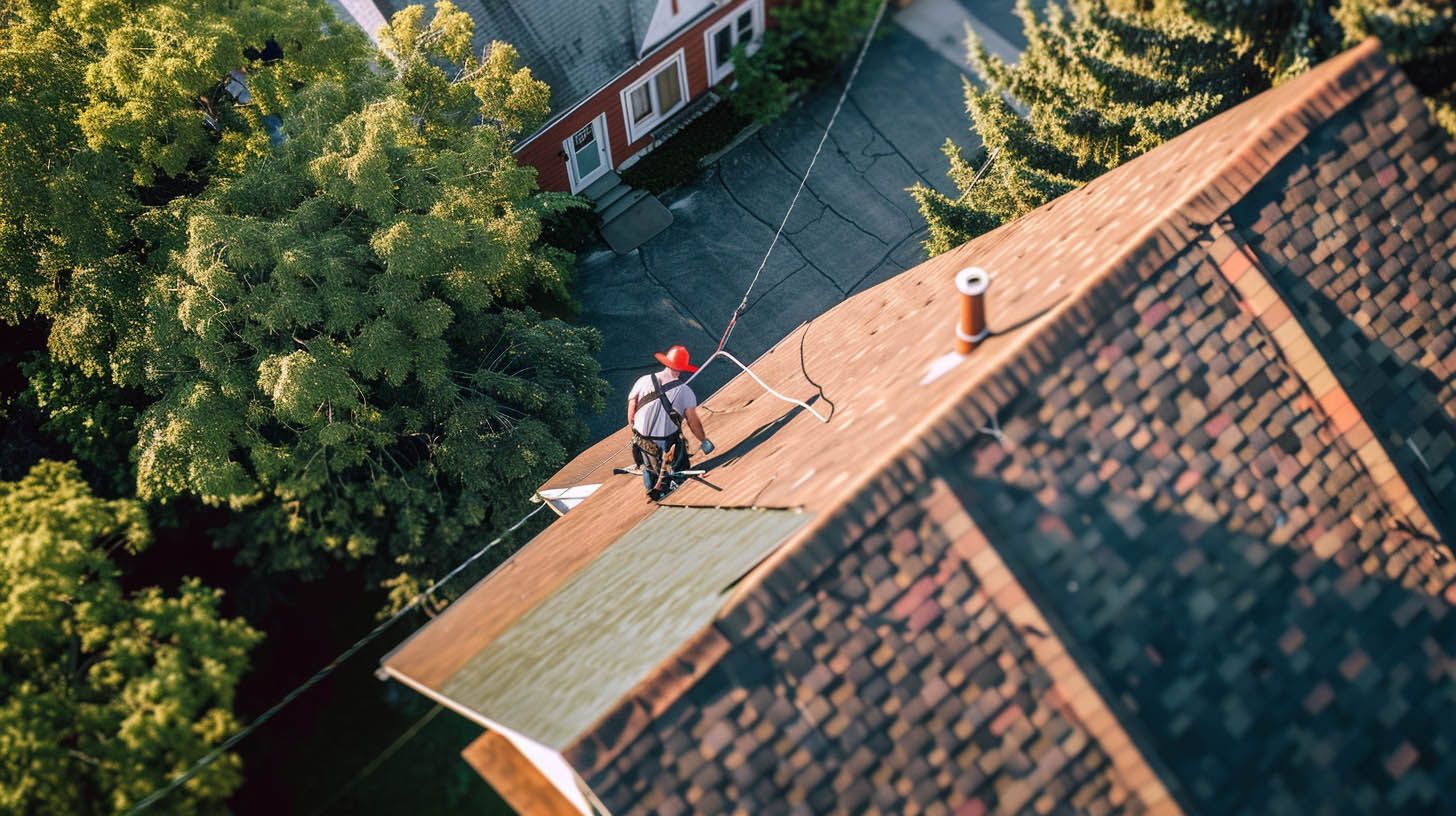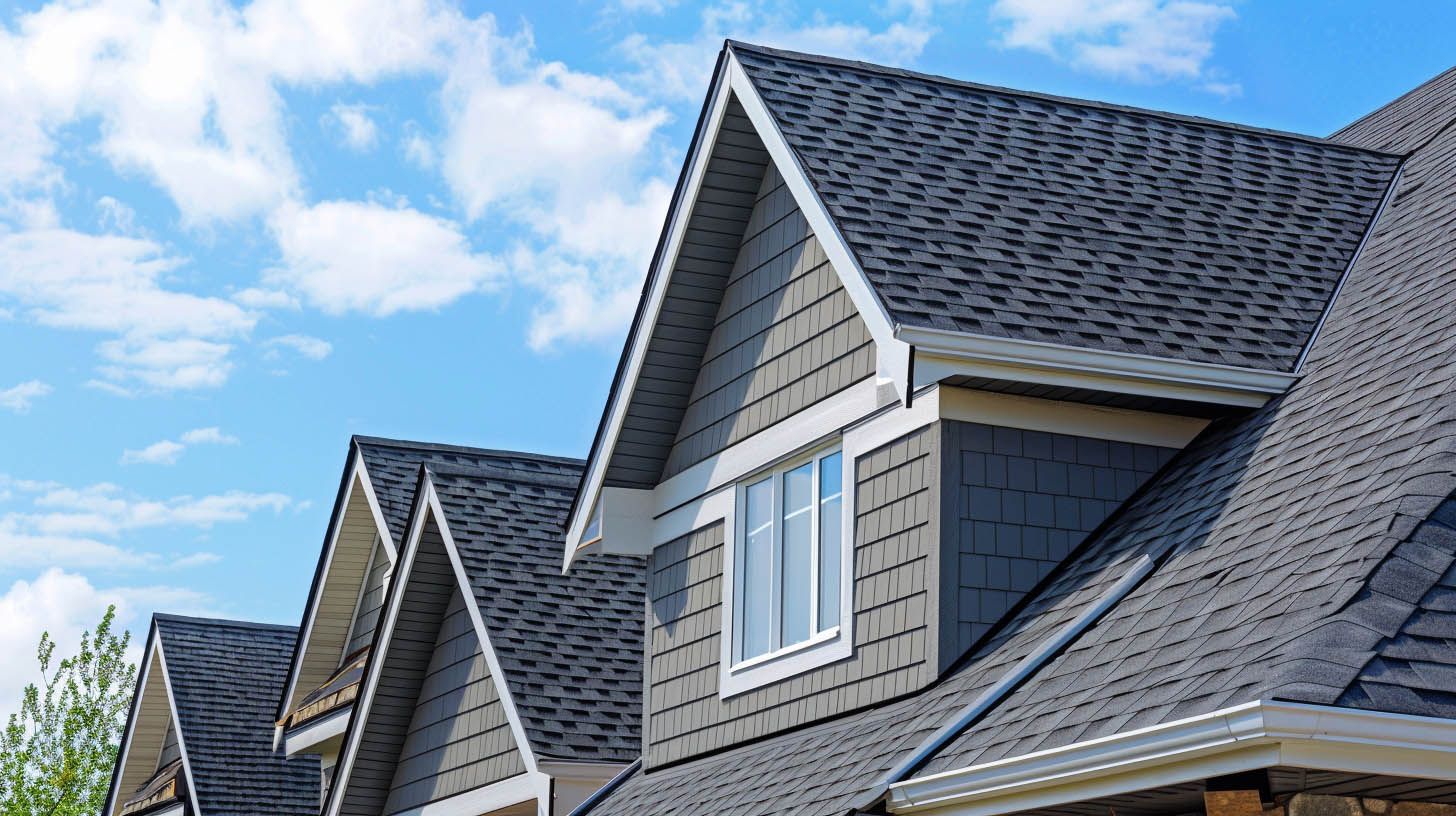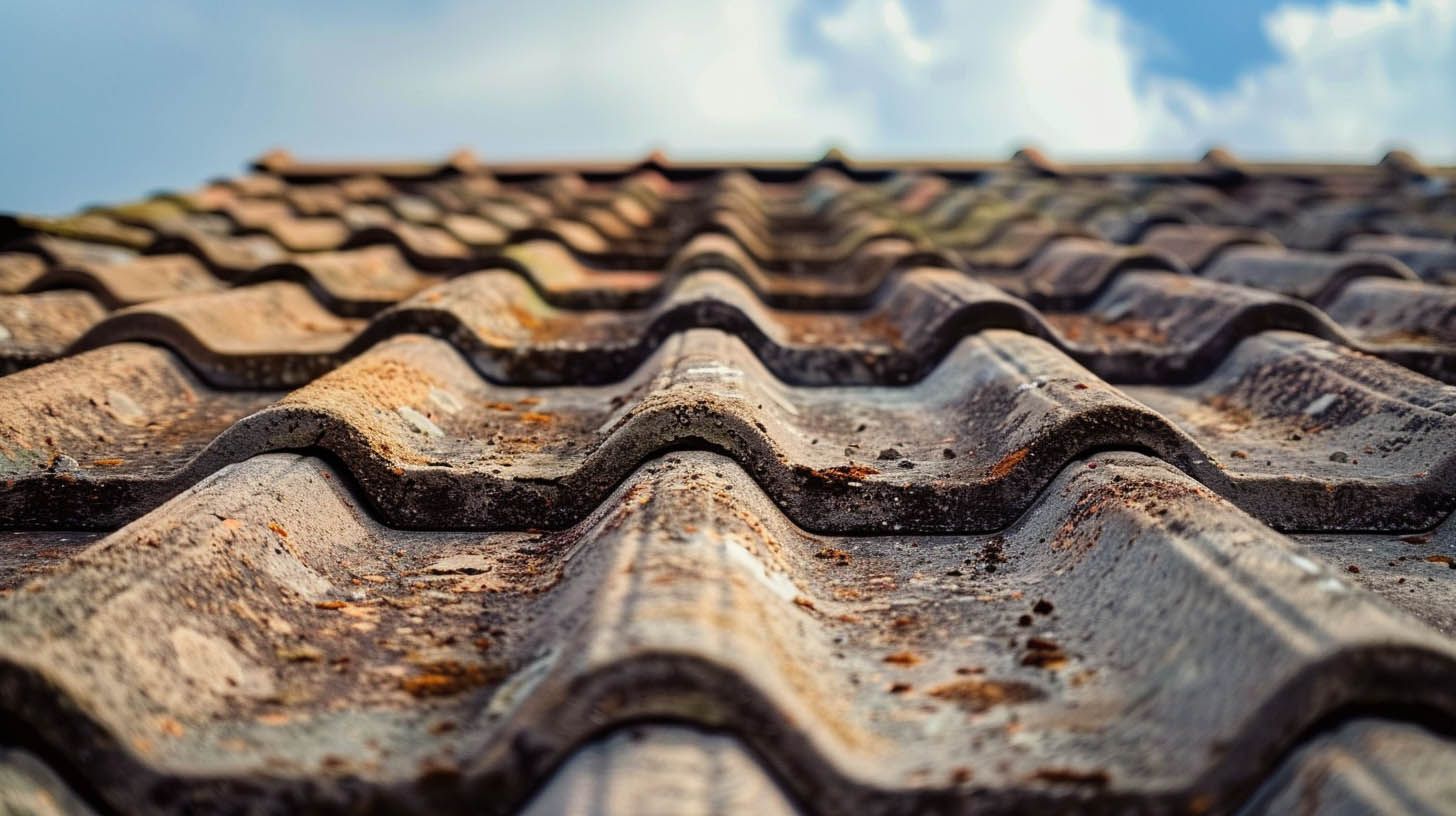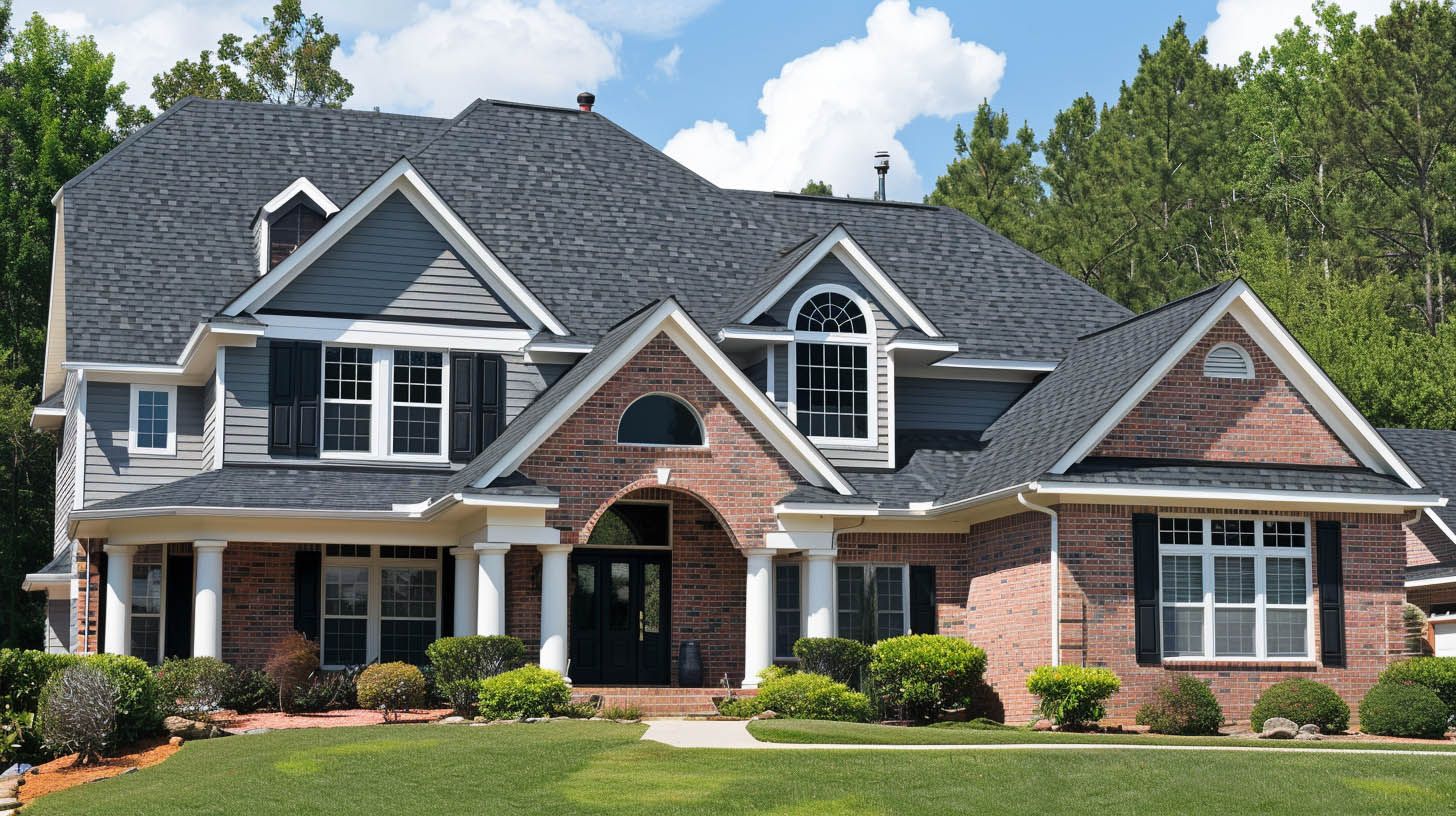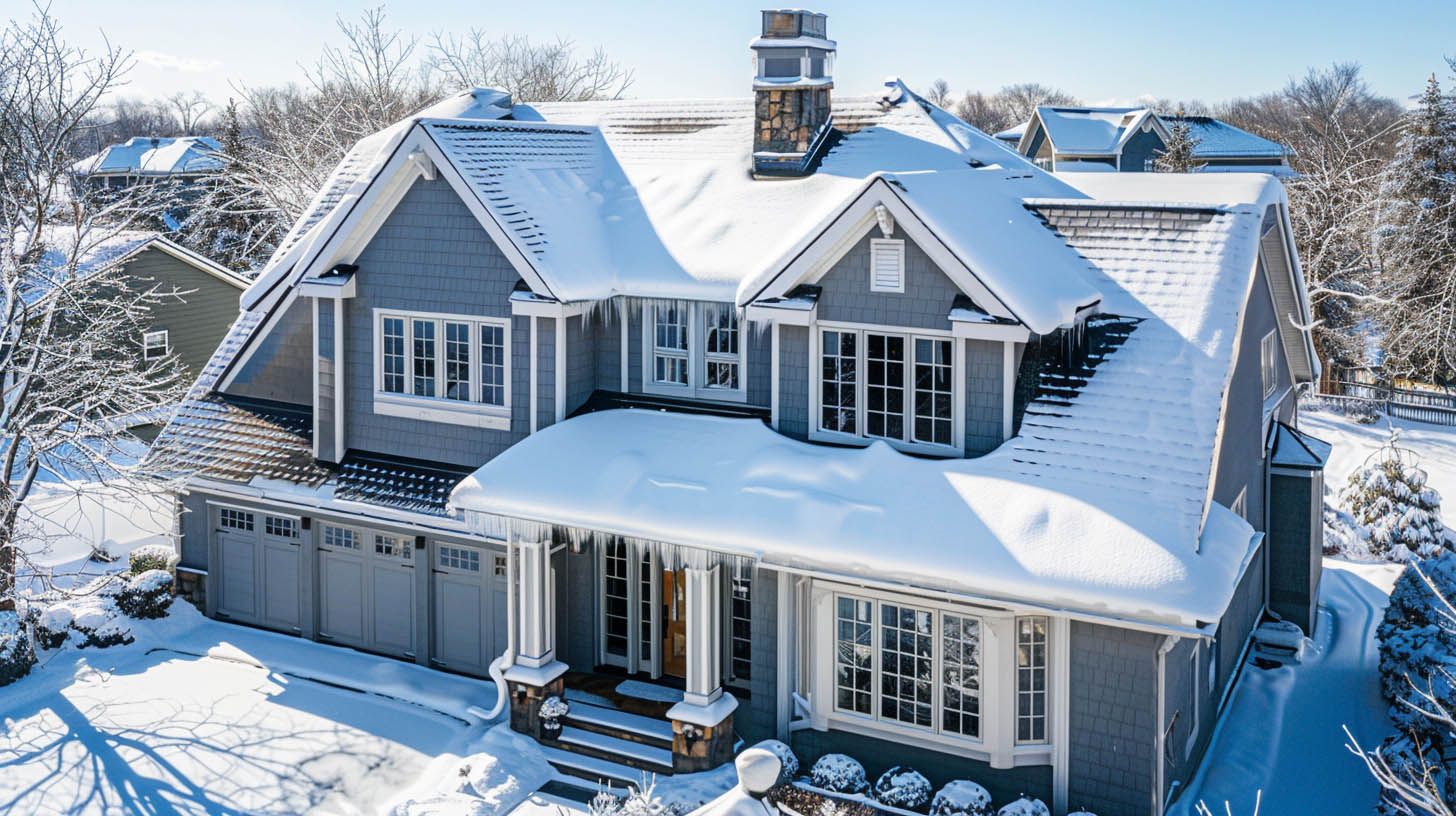Hearing strange scratching noises from your attic or roof can be unsettling. For many homeowners in Rockford, IL, this is the first sign of an unwelcome guest. Local wildlife seeking shelter can cause serious animal damage to your roof shingles and underlying structures. Protecting your home from these intruders is essential for maintaining its safety and integrity. This guide will walk you through the best ways to prevent pests from turning your roof into their new home.
Common Animals That Can Damage Residential Roofs in Rockford, IL
Your roof provides a safe place for you and your family, but it can also attract common pests looking for shelter. In Northern Illinois, wild animals present unique challenges for homeowners. These critters are not just a nuisance; they can cause a lot of damage to your roofing system, leading to costly repairs if not addressed quickly.
Understanding which animals are most likely to target your home is the first step toward effective prevention. From small rodents to larger mammals, the local wildlife in our area is skilled at finding weak points in a roof. Let’s look at the most common culprits and how they operate.
Squirrels, Raccoons, Birds, and Their Roof Habits
Squirrels, raccoons, and birds exhibit unique behaviors that can lead to significant structural damage to roofs. These animals often seek out roof spaces for nesting or shelter, utilizing small holes and potential entry points in the roofing system. Squirrels are agile climbers, navigating tree limbs to access roofs, while raccoons might pry off shingles to gain entry. Birds can create nests in vents or eaves, leading to blockages and water damage. Early detection of these activities is crucial for maintaining the integrity of your roof.

How These Animals Get Inside Roofs and Attics
Several methods allow animals to enter roofs and attics, often exploiting weak points in the roofing system. Squirrels can squeeze through small holes, while raccoons may tear off roof shingles or dislodge chimney caps to gain access. Birds, on the other hand, often nest in roof vents or eaves. These entry points not only facilitate access but can also lead to significant structural damage if not addressed promptly. Regular inspections help identify and secure these vulnerabilities to maintain the integrity of your roof.
Signs of Animal Damage to Your Roof
Detecting animal damage early can save you from expensive and complicated repairs. The first signs of animal activity are often subtle, but ignoring them can lead to major structural issues. If you suspect pests have targeted your roof, it is important to look for clues that confirm their presence and identify their entry points.
A quick visual inspection can reveal a lot about the health of your roof. Pay attention to anything that looks out of place, from displaced shingles to visible holes. Addressing these signs promptly with a professional roof repair is the best way to protect your home from further harm and ensure its long-term stability.
Detecting Entry Points, Droppings, and Nesting Materials
Identifying potential entry points is crucial in safeguarding your roof from animal damage. Pay attention to small holes, worn areas, and gaps around vents or chimneys. Signs of animal activity, such as droppings and nesting materials, can often indicate infestations. Squirrel nests typically consist of twigs and leaves, while raccoons may leave behind scattered debris. Regular inspections of your roof will help detect these issues early, ensuring the integrity of your roof and preventing costly repairs down the line.
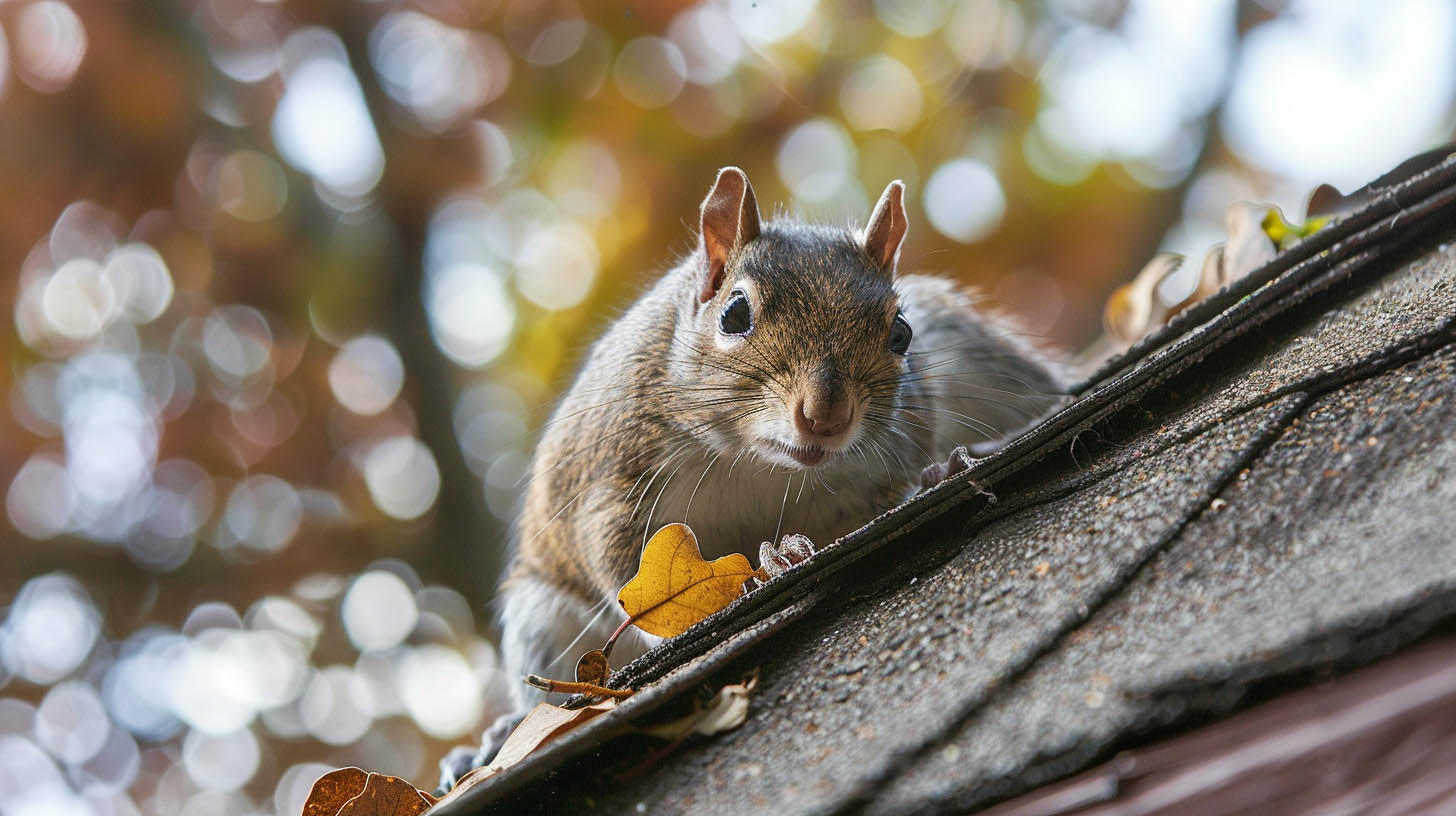
Recognizing Shingle, Vent, and Structure Damage
Damage to your roof can manifest in various forms, especially through compromised shingles and vents. Look for signs such as missing or curled asphalt shingles, which indicate potential weakness or moisture ingress. Vents should also be inspected for misalignment or obstructions caused by animal activity. Further, structural integrity might be at risk if wooden components show signs of rot or degradation. Regular checks on these areas can help detect early issues, preventing more substantial damage and costly repairs down the line.
Proactive Steps to Prevent Animal Intrusion
The best way to avoid animal damage is to take preventative measures that make your roof less attractive to critters. By securing potential entry points and maintaining your property, you can significantly reduce the risk of an infestation. These proactive steps provide peace of mind and protect your home from costly repairs down the road.
Simple actions can make a big difference in deterring pests. From landscape management to reinforcing vulnerable spots on your roof, a little effort goes a long way. Regular roof inspections are also a key part of this strategy, helping you identify and fix issues before animals can exploit them.
Securing Roof Vents and Openings Effectively
Securing roof vents and openings is crucial for maintaining the integrity of your roofing system. Utilizing wire mesh can deter local wildlife from entering through potential entry points, ensuring that small holes and weak points are effectively blocked. Regular checks of roof vents, chimney caps, and other openings can help identify signs of animal activity before substantial damage occurs. By implementing these preventative measures, homeowners can avoid costly repairs and safeguard their homes from pest infestations and other associated risks.

Tree Trimming and Landscape Tips for Animal-Proofing
Effective landscape management plays a crucial role in preventing animal intrusion. Regular tree trimming is essential, as overhanging branches provide easy access for squirrels, raccoons, and other wildlife seeking entry points into your roof. Additionally, positioning trash bins away from the home diminishes opportunities for scavengers.
Planting shrubs strategically can create barriers, while maintaining clean gutters limits attractive nesting sites. By implementing these preventative measures, homeowners can significantly reduce the risk of structural damage and safeguard their roofs from potential pest infestations.
Contact Us
In conclusion, preventing animal damage to your roof is a crucial aspect of home maintenance that protects both your property and your peace of mind. By understanding the common animals that pose a threat and recognizing the signs of damage, you can take proactive measures to safeguard your home. Regular roof maintenance from Boss Roofing Siding Experts, an award-winning GAF Master Elite Contractor with a BBB A+ rating in Rockford, IL, will ensure your roof remains in top shape. Trust us to keep your family safe and dry. Get quotes for our exceptional services today.
Frequently Asked Questions
How do you keep raccoons off your roof?
To keep raccoons off your roof, trim tree branches that provide access and secure garbage bins. Implement preventative measures like installing a chimney cap and covering roof vents with durable wire mesh to block their common entry points and protect your home.
What can I do to avoid crows on the roof of my house?
To avoid crows, remove any bird nests from your gutters and eaves promptly. You can also install bird spikes or other deterrents on ledges. Sealing potential entry points prevents nesting in your attic, and prompt roof repair can fix damage from their acidic droppings.
Read our blog: What Happens If You Don’t Replace Your Roof on Time

